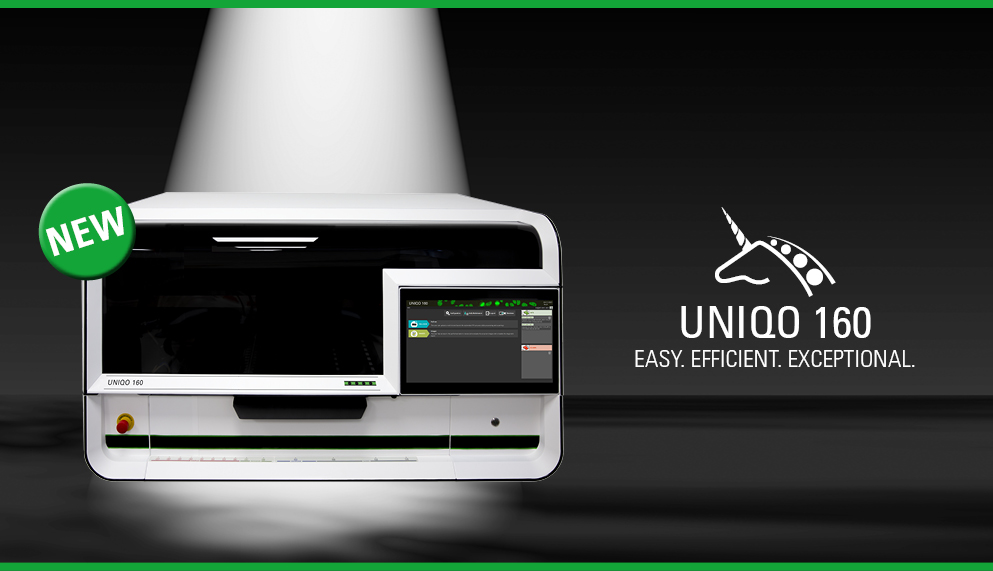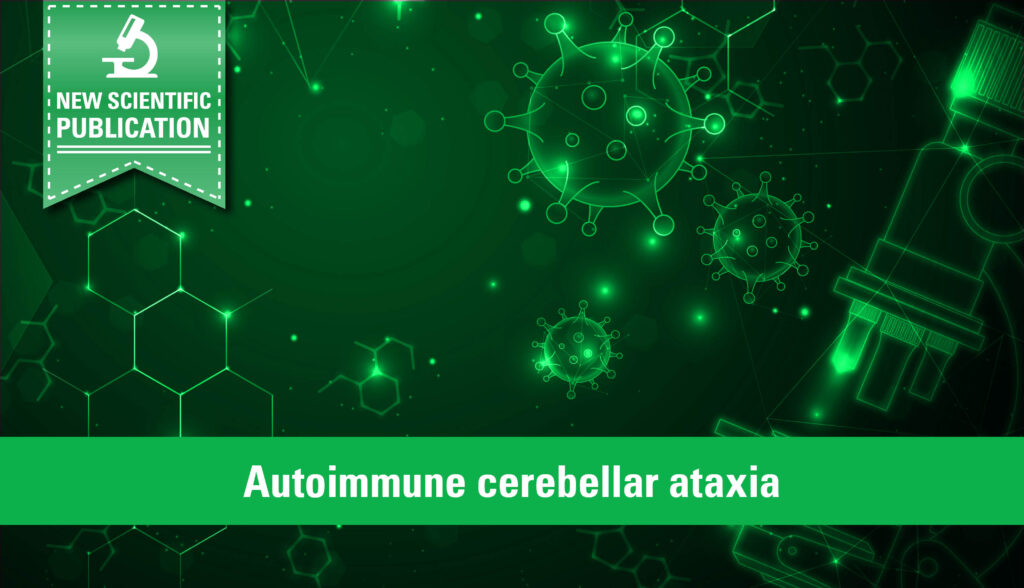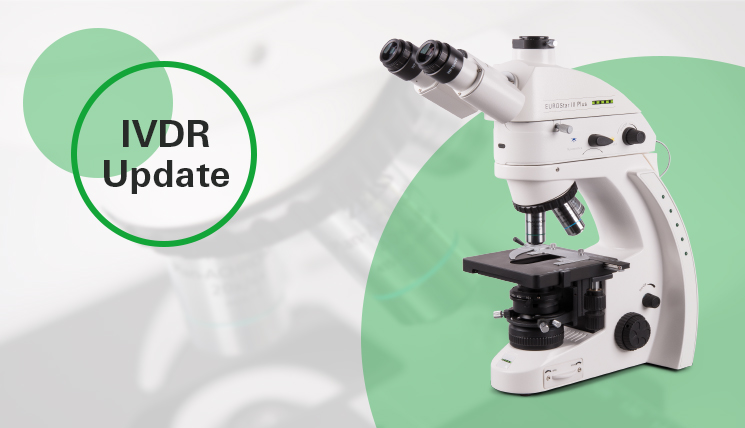EUROIMMUN receives IVDR certificate
Availability of EUROIMMUN products in the EU secured On May 10, 2023, EUROIMMUN received the certificate for its quality management system according to the new European Regulation on in vitro diagnostic medical devices (EU) 2017/746 (IVDR) from TÜV Rheinland LGA Products GmbH. On the one hand, the certificate enables EUROIMMUN to also convert products of […]




